Hardy Fuchsia Varieties That Will Thrive In Your Garden
Introduction
Fuchsias are beloved for their beautiful, dangling flowers that come in a wide range of colors. While most fuchsias are tender and need to be brought indoors during the winter, there are a number of hardy varieties that can survive outdoors year-round in most climates.
In this blog post, we will discuss some of the best hardy fuchsia varieties to grow in your garden. We will also provide tips on how to care for these plants so that they can thrive for many years to come.
Main Content
Hardy Fuchsia Varieties
Here are some of the best hardy fuchsia varieties to grow in your garden:
- Fuchsia magellanica is one of the most cold-hardy fuchsias, and it can survive in USDA zones 7-9. It is a deciduous shrub that can grow up to 6 feet tall. The flowers are typically pink or red, and they bloom from early summer to fall.
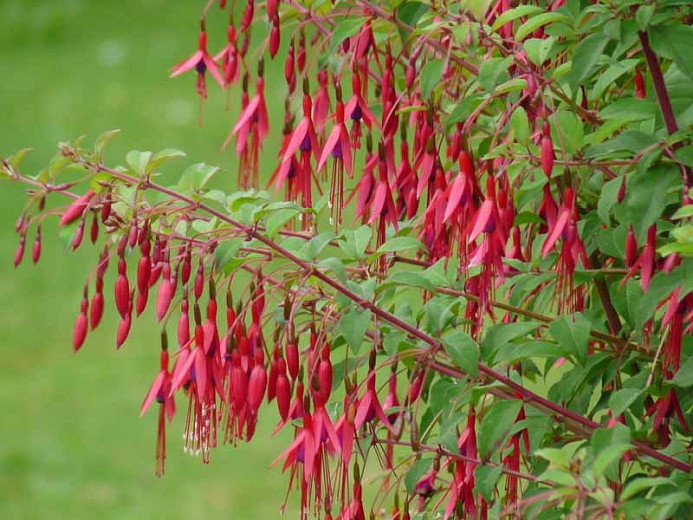
- Fuchsia riccartonii is another cold-hardy fuchsia, and it can survive in USDA zones 7-9. It is a shrub that can grow up to 4 feet tall. The flowers are typically purple or red, and they bloom from early summer to fall.
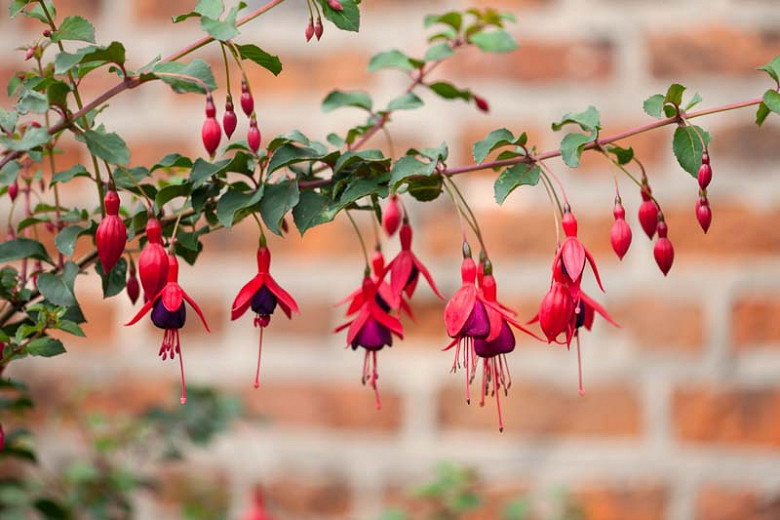
- Fuchsia 'Genii' is a popular hardy fuchsia that is known for its double flowers. It can survive in USDA zones 7-9, and it grows up to 3 feet tall. The flowers are typically pink or red, and they bloom from early summer to fall.
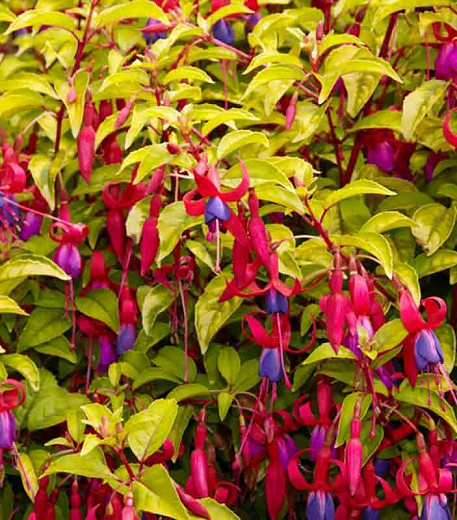
- Fuchsia 'Dollar Princess' is a hardy fuchsia with double flowers that are a deep cerise-crimson color. It can survive in USDA zones 7-9, and it grows up to 3 feet tall. The flowers bloom from early summer to fall.
- Fuchsia 'Hawkshead' is a white-flowered hardy fuchsia that is known for its long blooming period. It can survive in USDA zones 7-9, and it grows up to 3 feet tall. The flowers bloom from early summer to fall.
How to Care for Hardy Fuchsias
Hardy fuchsias are relatively easy to care for. They prefer full sun to partial shade, and they need moist but well-drained soil. They are not very drought-tolerant, so it is important to water them regularly during the summer months.
Fuchsias are also susceptible to a number of pests and diseases, so it is important to inspect them regularly and take steps to control any problems that you see.
Conclusion
Hardy fuchsias are a beautiful and versatile addition to any garden. They are relatively easy to care for, and they can thrive in a wide range of climates. If you are looking for a colorful and long-blooming flowering shrub, then a hardy fuchsia is a great option.
Fuchsias are beautiful flowers that can add a touch of color and charm to any garden. But not all fuchsias are created equal. If you're looking for a fuchsia that can withstand cold winters, you'll need to choose a hardy variety.
There are many different hardy fuchsia varieties available, so you're sure to find one that's perfect for your garden. Some popular hardy fuchsias include:
- Fuchsia 'Alice Hoffman': This fuchsia has soft pink and white blooms.
- Fuchsia 'Beacon': This fuchsia has dusky pink and vivid purple blooms.
- Fuchsia 'Lady Boothby': This fuchsia has deep purple and red-pink blooms.
- Fuchsia 'Rose of Castile': This fuchsia has pale pink and bright purple flowers.
- Fuchsia 'Brutus': This fuchsia has intense purple and pink blooms.
To learn more about hardy fuchsia varieties, I recommend visiting Garden Wiki. This website has a wealth of information about fuchsias, including a list of hardy varieties, growing tips, and care instructions.
FAQ of hardy fuchsia varieties
Q: What are some of the most popular hardy fuchsia varieties?
A: Some of the most popular hardy fuchsia varieties include:
- Fuchsia magellanica: This is a tall-growing variety that can reach up to 6 feet tall. It has dark green leaves and clusters of small, bell-shaped flowers.

- Fuchsia riccartoni: This is a shorter-growing variety that reaches 2-3 feet tall. It has bright green leaves and large, trumpet-shaped flowers.

- Fuchsia 'Mrs. Popple': This is a compact variety that only reaches 1-2 feet tall. It has dark green leaves and small, bell-shaped flowers that are a deep pink color.
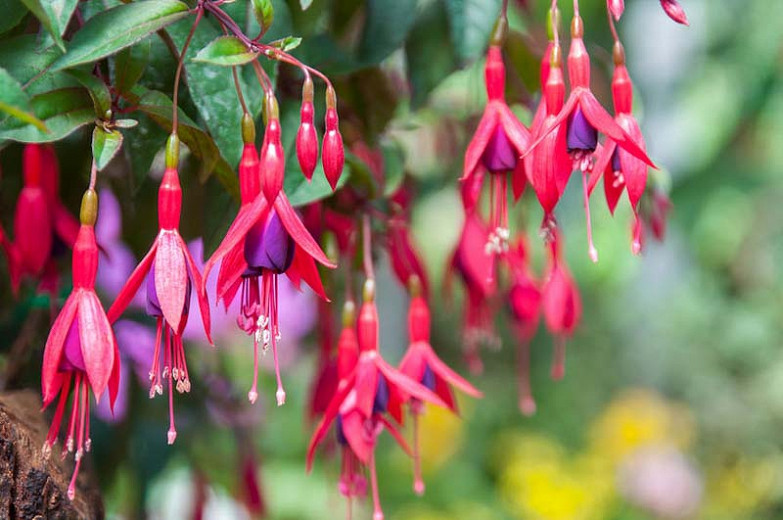
- Fuchsia 'Thalia': This is a trailing variety that can reach 6 feet long. It has dark green leaves and small, bell-shaped flowers that are a deep purple color.

- Fuchsia 'Genii': This is a dwarf variety that only reaches 6-12 inches tall. It has dark green leaves and small, bell-shaped flowers that are a bright pink color.

Q: What are the best conditions for growing hardy fuchsias?
A: Hardy fuchsias prefer full sun or partial shade. They also prefer well-drained soil that is rich in organic matter. Hardy fuchsias are not drought-tolerant, so they need to be watered regularly, especially during hot, dry weather.
Q: How do I care for hardy fuchsias?
A: Hardy fuchsias are relatively easy to care for. They need to be watered regularly, especially during hot, dry weather. They also need to be fertilized every few weeks during the growing season. In the fall, hardy fuchsias should be pruned back to about 6 inches tall. This will help them to produce more flowers the following year.
Q: How do I overwinter hardy fuchsias?
A: Hardy fuchsias are hardy in USDA zones 5-9. In colder climates, they may need to be overwintered indoors. To overwinter hardy fuchsias indoors, bring them inside before the first frost. Place them in a cool, bright location and water them sparingly. In the spring, you can gradually start watering them more and more until you can plant them outdoors again.
Q: What are some common pests and diseases that affect hardy fuchsias?
A: Some common pests that affect hardy fuchsias include aphids, spider mites, and whiteflies. Some common diseases that affect hardy fuchsias include powdery mildew and botrytis. If you notice any pests or diseases on your hardy fuchsias, you can treat them with insecticidal soap or neem oil.
Image of hardy fuchsia varieties
- Fuchsia magellanica is a hardy fuchsia that can withstand temperatures down to -10 degrees Fahrenheit. It is a shrubby plant with long, trailing stems and clusters of colorful flowers.

- Fuchsia riccartonii is another hardy fuchsia that is known for its bright pink flowers. It is a bushy plant that can grow up to 6 feet tall.

- Fuchsia procumbens is a low-growing hardy fuchsia that is perfect for borders or rock gardens. It has small, bell-shaped flowers that come in a variety of colors.
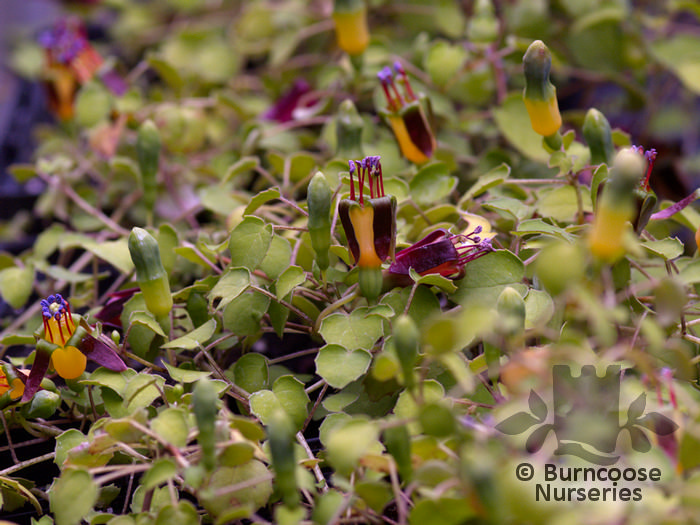
- Fuchsia 'Mrs. Thompson' is a popular hardy fuchsia that is known for its long-lasting flowers. It has deep purple flowers with white centers.

- Fuchsia 'Gartenmeister Fuchs' is a hardy fuchsia that is known for its large, fragrant flowers. It has bright pink flowers with a white throat.



Post a Comment for " Hardy Fuchsia Varieties That Will Thrive In Your Garden"